Byzantine Empire Joins Excavate! Social Studies Game Series
Our latest expansion to our long-running Excavate! social studies and archaeology game series arrives today! Play Excavate! Byzantine on the web, Android devices, or iOS devices for $3.99. If you want more than one civilization, contact us to request bundle pricing.
Byzantine brings out total number of games up to six. Previously, the Excavate! series included Rome, Egypt, Mesopotamia, MesoAmerica, and Greece. Like its predecessors, Excavate! Byzantine includes C3-aligned gameplay and companion teacher resources. For specifics, you can find out more on the main page for the game.

Dig-It! Games CEO Suzi Wilczynski, a former middle school teacher, designs the Excavate! games. Through engaging gameplay and challenging analysis, the series aims to take students on entertaining and educational archaeological adventures through time and around the world. By using archaeologists’ tools, players uncover real artifacts from ancient cultures.
First, the game gets players immediately in the dirt, evaluating the proper tool to use while learning about the scientific process of excavation. Through this, players learn concepts such as stratigraphy, context and the importance of proper recording. Next, analysis takes center stage as players learn about the significance of the artifacts they collect and gain a deeper understanding of ancient people through what they left behind. Each civilization includes 3D artifacts and detailed illustrations of ancient life to immerse the user in each unique culture.
“We are pleased to be adding this new world history civilizations to the popular series after recently updating our previous content to align to C3 standards to make a more effective teaching tool” says Wilczynski. “Through its expansive content and flexible applications, Excavate!™ provides a high-quality resource for educators across their full World History Curriculum.”
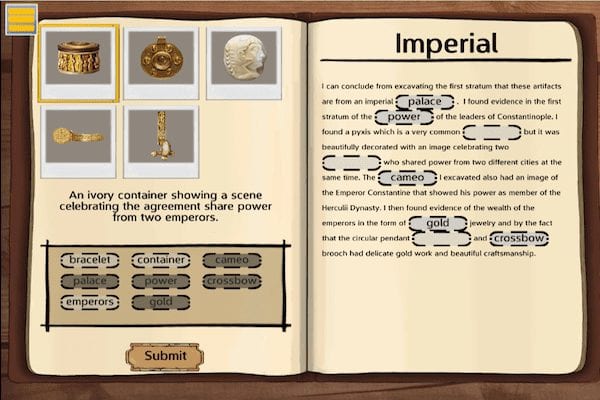
Excavate! Byzantine takes students to the Hagia Sophia, the Imperial Palace, an oikos (or house), and a market to discover how the people of this civilization lived. While they analyze artifacts, students learn about the role of religion, family, military, and trade in the empire. In this way, students not only learn about life in the Byzantine Empire but also stretch their critical thinking skills.
Teachers, we also provide several helpful resources for creating lesson plans around Excavate! Byzantine. Look through the Teachers Guide, focus on Inquiry Analysis, and quiz your students with these Artifact Based Questions. Because we want to make the use of these games as easy as possible, we have similar resources for each of the games in the Excavate! series.
If you want more information, read the full press release here.

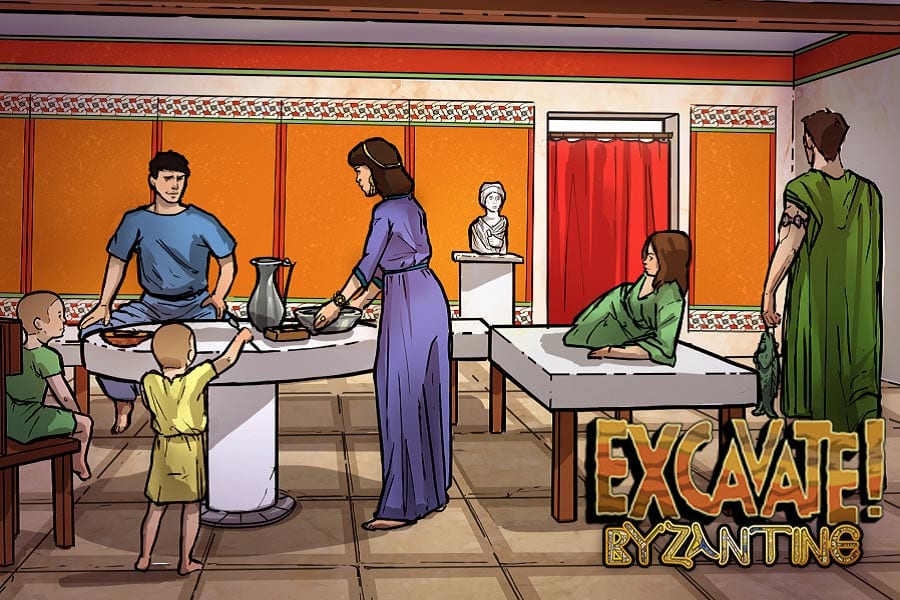
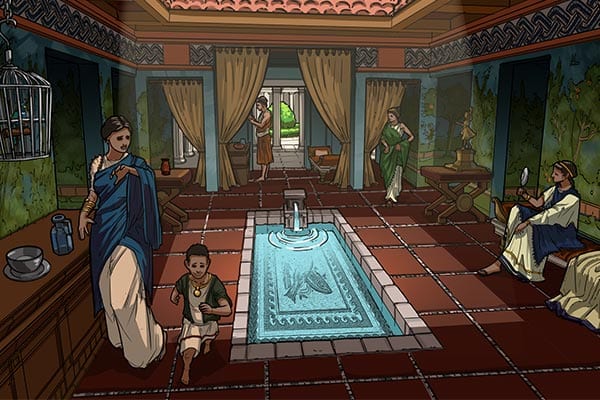



 Growing up I was always pushed towards the math and sciences because I naturally good at them, but my heart always called to more creative pursuits. My mother gave me the wise advice that “If you do what you love for work, it’ll become your work and not what you love.” With that in mind, I applied to engineering programs across the east coast, before coming across a school that featured a Game Design and Development major. Although heavily computer science based, the major also taught design, animation, 3D modeling, audio, and narration. Instantly, I knew it was a perfect match: a field both technical and creative.
Growing up I was always pushed towards the math and sciences because I naturally good at them, but my heart always called to more creative pursuits. My mother gave me the wise advice that “If you do what you love for work, it’ll become your work and not what you love.” With that in mind, I applied to engineering programs across the east coast, before coming across a school that featured a Game Design and Development major. Although heavily computer science based, the major also taught design, animation, 3D modeling, audio, and narration. Instantly, I knew it was a perfect match: a field both technical and creative. I started learning to code in C# when I was 44 years old. While I learned some BASIC coding in high school, I found the whole process stupid and boring. While I knew that the Atari games I loved were created by programming, I couldn’t connect to it. My 17-year-old self wanted to solve important, complicated problems. Real, important problems that required creative thinking were problems like: What causes cancer? What makes us feel stressed out? How does stress affect our immune system? Could we optimize our immune system to fight cancer better? So I threw myself into biochemistry. I loved it. I worked every single day for 3 years. Then, for the next 7 years, I decided to always take a whole ½ a day off every weekend.
I started learning to code in C# when I was 44 years old. While I learned some BASIC coding in high school, I found the whole process stupid and boring. While I knew that the Atari games I loved were created by programming, I couldn’t connect to it. My 17-year-old self wanted to solve important, complicated problems. Real, important problems that required creative thinking were problems like: What causes cancer? What makes us feel stressed out? How does stress affect our immune system? Could we optimize our immune system to fight cancer better? So I threw myself into biochemistry. I loved it. I worked every single day for 3 years. Then, for the next 7 years, I decided to always take a whole ½ a day off every weekend.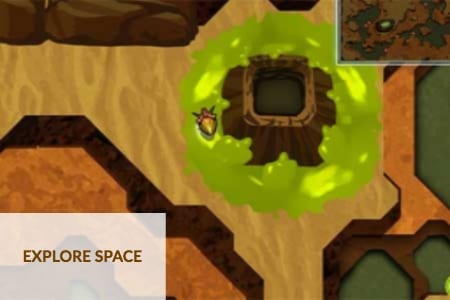
 Everything I know about entrepreneurship I learned from my mother. Ok, that may be a slight exaggeration, but the fact is, most of what I needed to know to found an educational gaming company I really did learn from my mother, without either of us truly intending it.
Everything I know about entrepreneurship I learned from my mother. Ok, that may be a slight exaggeration, but the fact is, most of what I needed to know to found an educational gaming company I really did learn from my mother, without either of us truly intending it.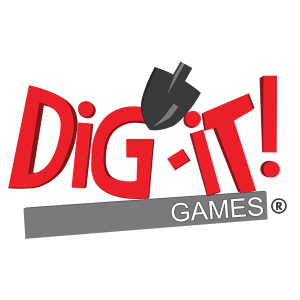
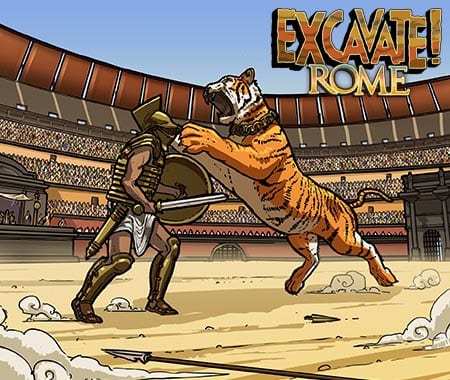
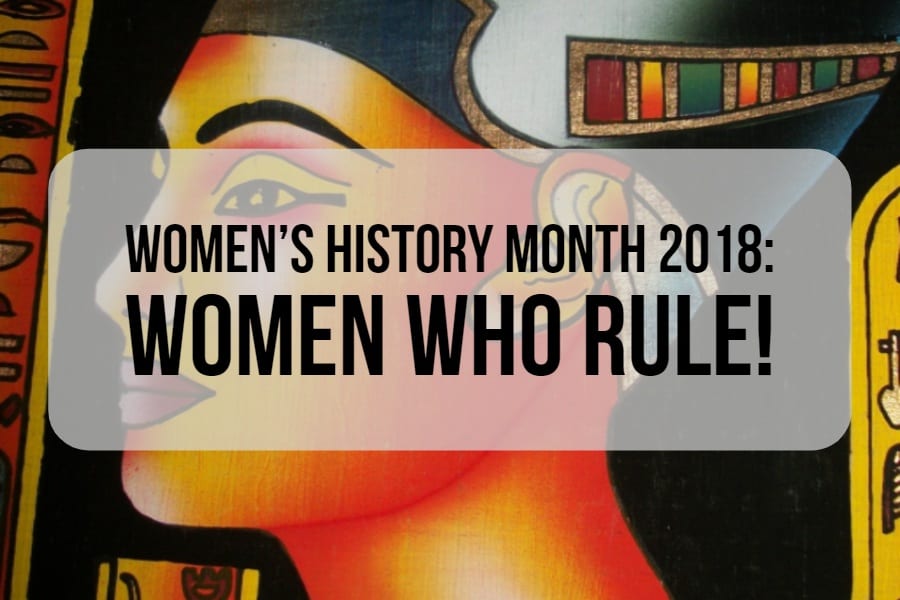
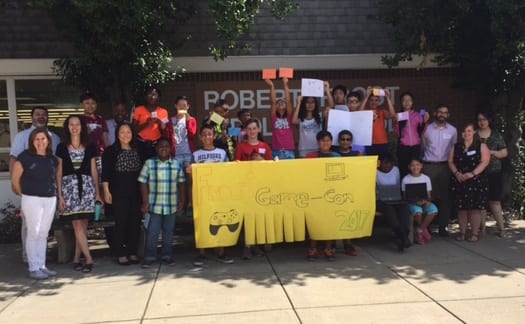
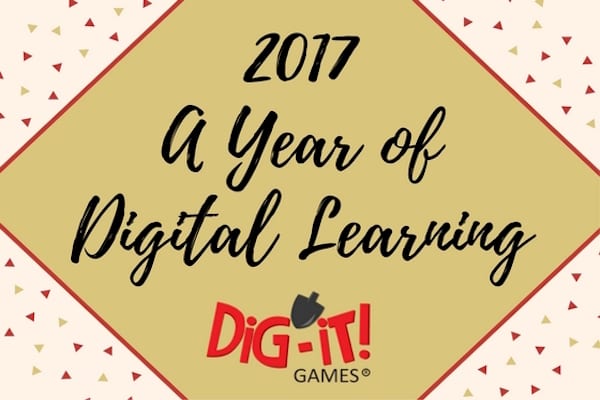
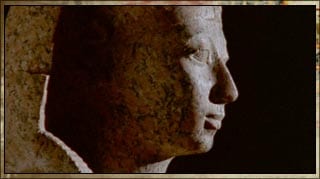



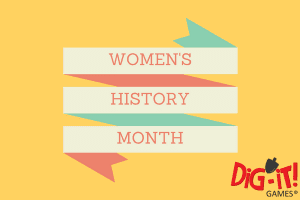
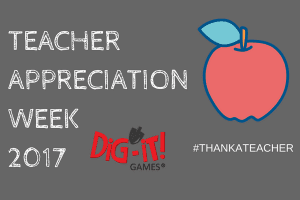
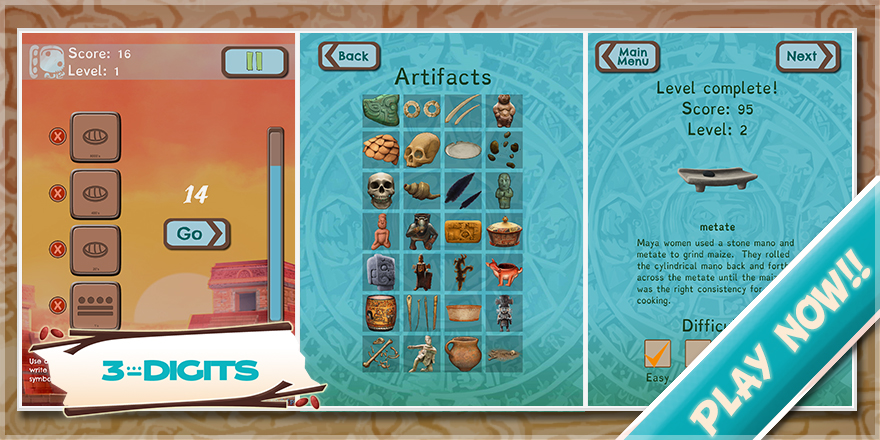






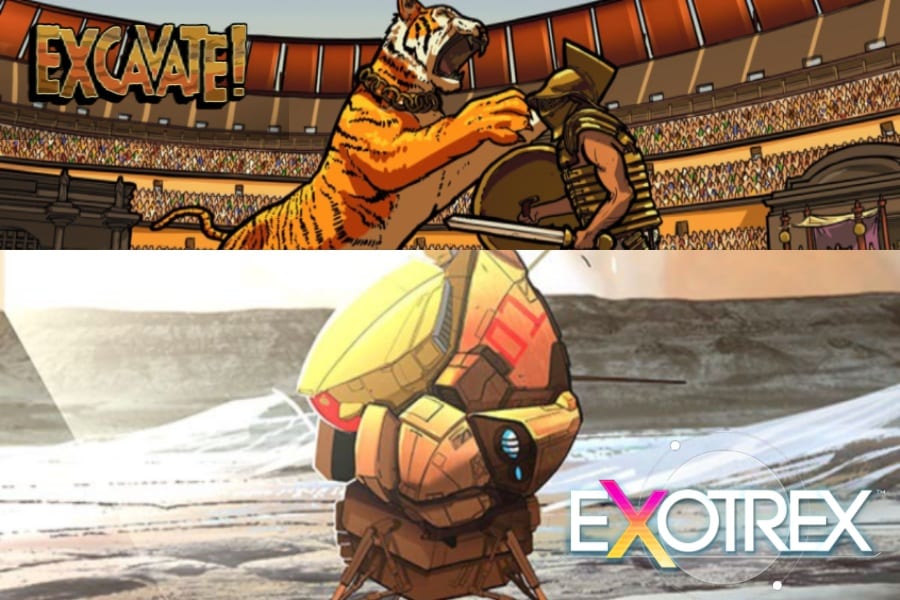


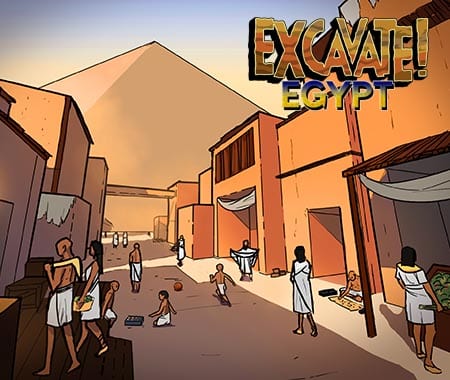

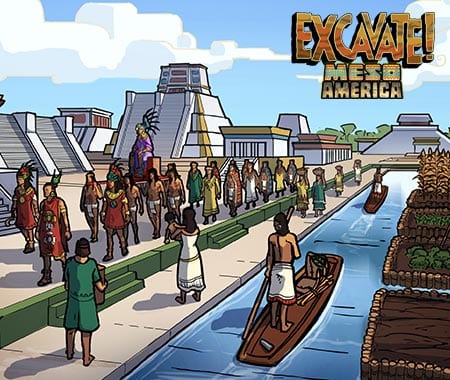
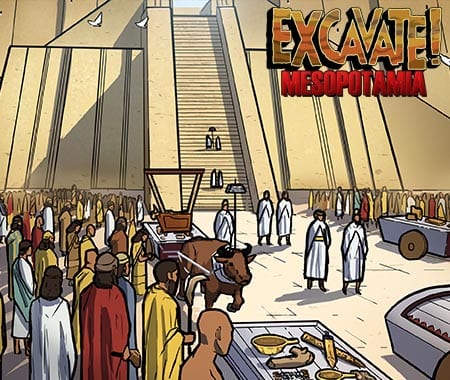
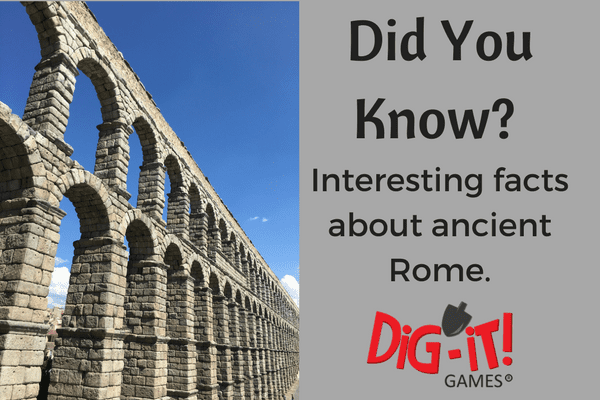
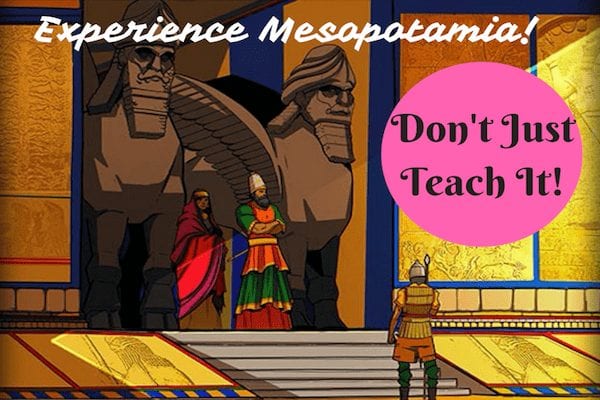

 Gladiator Recovery Shake
Gladiator Recovery Shake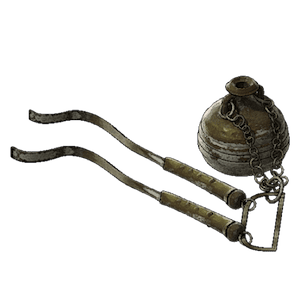 Baths Are for More than Bathing
Baths Are for More than Bathing Second Floor with a View
Second Floor with a View For the Birds
For the Birds
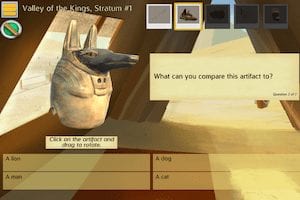

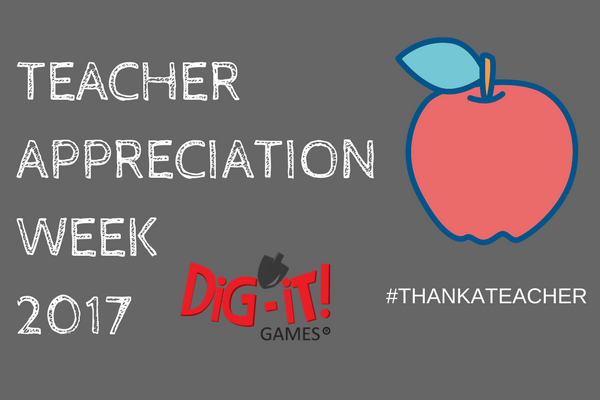
 By Chris Magnuson (@cromagnuson)
By Chris Magnuson (@cromagnuson)